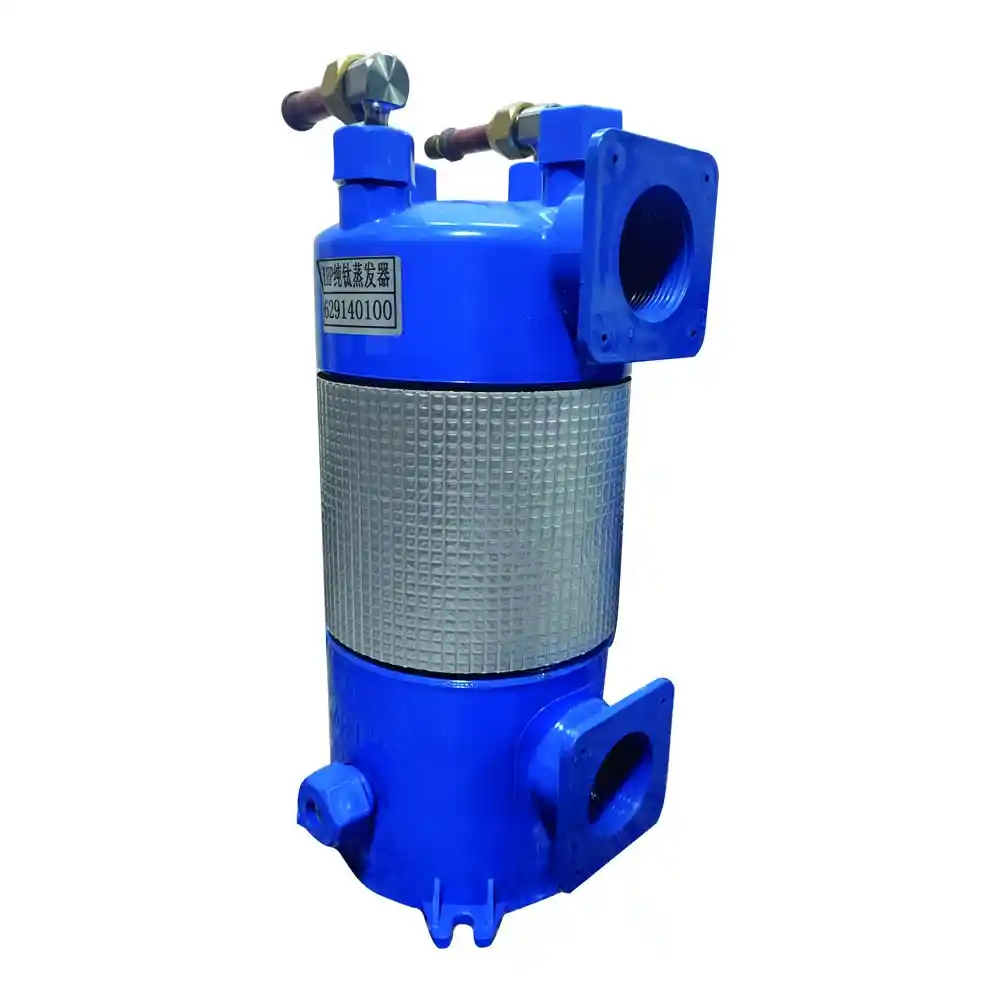Introduction
Pressure testing is a critical step in the manufacturing process of titanium coil heat exchangers with PVC shells. It ensures the integrity and safety of the heat exchanger by validating its ability to withstand the specified operating pressures. This article provides an in-depth discussion of pressure testing in the context of manufacturing titanium coil heat exchanger components.
1. Importance of Pressure Testing
Pressure testing serves several important purposes in the manufacturing of titanium coil heat exchangers:
1.1. Leak Detection
Pressure testing allows for the detection of any leaks or weak points in the heat exchanger system. It helps identify potential areas of concern that may compromise the performance and reliability of the heat exchanger.
1.2. Structural Integrity Assessment
By subjecting the heat exchanger to elevated pressures, pressure testing evaluates its structural integrity. It ensures that the components, including the titanium coils and PVC shell, can withstand the operating pressures without deformation or failure.
1.3. Compliance with Standards and Regulations
Pressure testing is often a requirement to comply with industry standards and regulations. It helps manufacturers ensure that their heat exchangers meet the necessary safety and performance standards before they are put into service.
2. Pressure Testing Methods
Various methods can be employed to perform pressure testing on titanium coil heat exchanger components. The selection of the method depends on factors such as the desired test pressure, the size and complexity of the heat exchanger, and the available resources. Common pressure testing methods include:
2.1. Hydrostatic Testing
Hydrostatic testing involves filling the heat exchanger with a liquid, typically water, and pressurizing it to a specified level. The pressure is maintained for a defined period while the heat exchanger is inspected for any leaks or abnormalities.
2.2. Pneumatic Testing
Pneumatic testing utilizes compressed air or an inert gas, such as nitrogen, to pressurize the heat exchanger. Similar to hydrostatic testing, the pressurized system is inspected for leaks or other issues during the test.
2.3. Burst Testing
Burst testing involves subjecting the heat exchanger to pressures higher than the maximum operating pressure to determine its ultimate strength. This test helps establish the safety margin of the heat exchanger and its ability to withstand extreme conditions.
3. Pressure Testing Procedure
A systematic pressure testing procedure is crucial to ensure accurate and reliable results. The following steps outline a typical pressure testing procedure:
3.1. Preparation
- Clean and inspect the heat exchanger components to ensure they are free from debris or contaminants.
- Ensure that all connections, valves, and gauges are properly installed and in good working condition.
3.2. Pressurization
- Gradually increase the pressure inside the heat exchanger to the desired test pressure.
- Monitor the pressure using calibrated gauges to ensure accuracy.
3.3. Pressure Hold
- Maintain the specified test pressure for a designated duration to evaluate the heat exchanger’s performance and integrity.
- During this time, visually inspect the heat exchanger for any signs of leakage, deformation, or other abnormalities.
3.4. Pressure Release
- Safely and slowly release the pressure from the heat exchanger once the testing period is complete.
- Ensure that the pressure is fully relieved before disassembling or handling the heat exchanger.
Table 1: Pressure Testing Methods Comparison
| Testing Method | Descripción |
|---|---|
| Hydrostatic Testing | Fills the heat exchanger with liquid and pressurizes it to detect leaks and assess structural integrity. |
| Pneumatic Testing | Pressurizes the heat exchanger with compressed air or inert gas to identify leaks and assess performance. |
| Burst Testing | Subjects the heat exchanger to pressures higher than the maximum operating pressure to test its strength. |
Conclusion
Pressure testing plays a vital role in the manufacturing of titanium coil heat exchanger components. It ensures the integrity, performance, and compliance of the heat exchangers by detecting leaks, evaluating structural integrity, and verifying their ability to withstand operating pressures. By following proper pressure testing methods and procedures, manufacturers can produce high-quality heat exchangers that meet safety and performance standards.


